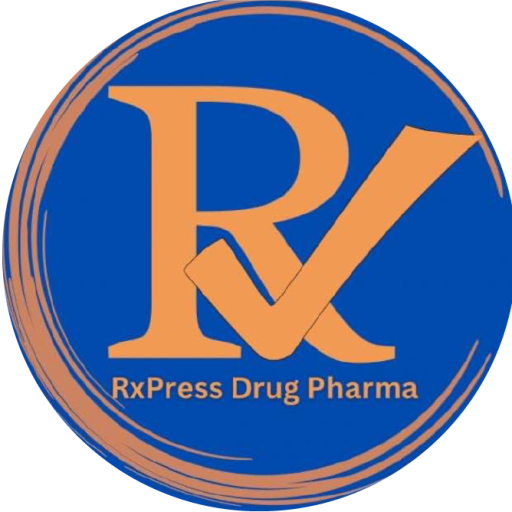Inflammatory bowel disease (IBD) encompasses two primary conditions: Crohn’s disease (CD) and ulcerative colitis (UC). Both conditions cause recurring inflammation in the gastrointestinal tract, but they affect different parts of the digestive system and present distinct challenges for patients.
Ulcerative Colitis (UC) vs. Crohn’s Disease (CD)
- Ulcerative Colitis (UC):
UC affects the mucosa of the colon, starting in the rectum and extending up the colon. In severe cases, this condition can lead to pancolitis, affecting the entire colon. - Crohn’s Disease (CD):
CD can involve any part of the gastrointestinal tract and is characterized by transmural ulceration, often affecting the terminal ileum and colon. Unlike UC, CD presents with skip lesions, which are patches of inflamed tissue interspersed with healthy sections.
Pathophysiology:
In IBD, defective intestinal barriers lead to inflammation and extraintestinal manifestations.
- UC: Causes mucosal inflammation, resulting in edema, ulcers, and bleeding.
- CD: Presents with transmural inflammation, affecting all layers of the bowel, leading to complications such as strictures, fistulas, and abscesses.
Risk Factors:
While the exact cause of IBD is unknown, several factors contribute to its development:
- Genetic Predisposition: Family history increases the risk of developing IBD.
- Immune System Dysfunction: An abnormal immune response triggers inflammation.
- Environmental Factors: Diet, stress, and infections may exacerbate symptoms.
- Smoking: Smoking is a known risk factor for CD but may provide some protection against UC.
Symptoms:
IBD symptoms can significantly impact daily life and include:
- Abdominal pain
- Diarrhea
- Rectal bleeding
- Weight loss
- Fatigue
Complications:
Both UC and CD can lead to serious complications:
- Intestinal Complications:
- Hemorrhage
- Strictures
- Perforation
- Anal fistulas and abscesses
- Toxic megacolon
- Increased risk of colon cancer
- Extraintestinal Complications:
- Osteoporosis
- Deep vein thrombosis
- Anemia
- Gallstones
- Primary sclerosing cholangitis
- Aphthous ulcers
- Arthritis, iritis, pyoderma gangrenosum
Diagnosis:
Diagnosing IBD involves a combination of:
- Medical history and physical exams
- Blood tests
- Imaging studies (e.g., CT scan, MRI)
- Endoscopic procedures (colonoscopy and biopsy)
Treatment and Management:
The goal of treatment is to induce remission and prevent flare-ups. Common treatments include:
- Aminosalicylates: To reduce inflammation in the intestines.
- Corticosteroids: For short-term flare-up management.
- Immunomodulators: To suppress the immune response.
- Biologics: Target specific immune system pathways to reduce inflammation.
- Surgery: In severe cases, or for complications like fistulas, surgery may be necessary.
Impact on Quality of Life:
IBD can affect mental health, social interactions, and work productivity. The chronic nature of the disease often leads to feelings of isolation and stress. Ongoing support from healthcare providers, mental health professionals, and support groups is essential for improving quality of life.
Patient Education:
Patients with IBD, particularly younger individuals who will manage the condition for a lifetime, benefit from understanding their disease. While there is no specific diet or supplement proven to prevent symptoms, regular follow-up visits and treatment adherence are crucial to managing the condition effectively.
Research and Awareness:
Ongoing research is aimed at improving treatment outcomes and ultimately finding a cure for IBD. Raising awareness about these conditions can reduce stigma and promote understanding, enabling better support for those affected.
Dr. Hilary Agbonkhese
Chief Technology Officer, RxPress Health
